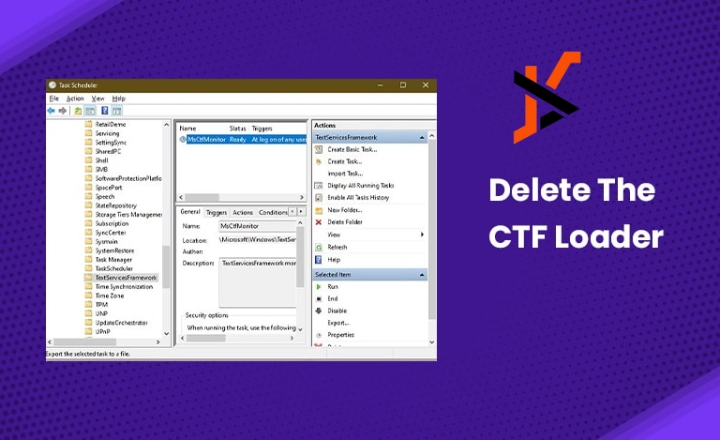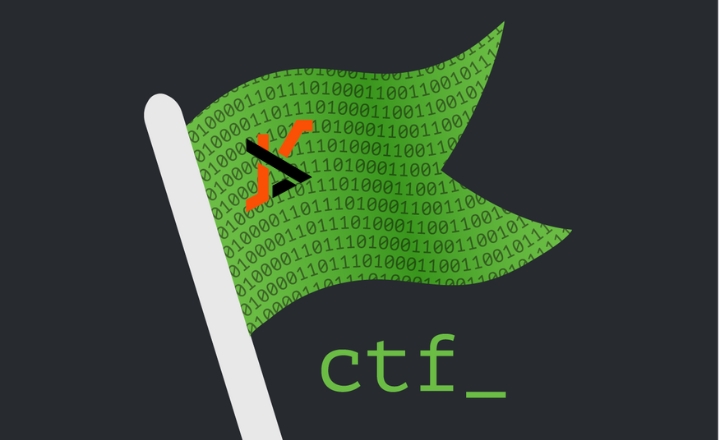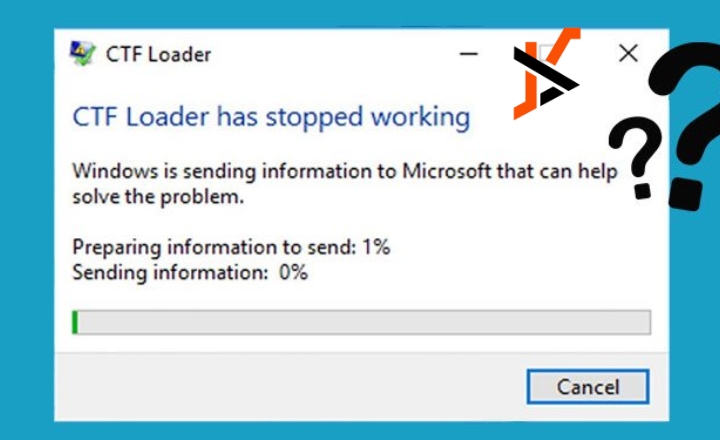In the ever-evolving landscape of technology, tools and applications that enhance user experience or system performance often come with a mix of advantages and complications. One such application that frequently comes into discussion is the CTF Loader.
This article explores what CTF Loader is, its functionalities, potential issues, and how to manage it effectively, providing a comprehensive understanding of its role within the Windows operating system.
What is CTF Loader?
CTF Loader, or Collaborative Translation Framework Loader, is a process associated with Microsoft Windows operating systems. It is primarily responsible for managing the input of text and the translation of different languages in applications. Essentially, CTF Loader facilitates the operation of various text services, particularly in applications that require multilingual input or specialized text processing.
CTF Loader is integral to the Windows Text Services Framework (TSF), which provides a standard way of handling input from various sources, including keyboards, speech recognition, and handwriting recognition. This framework is essential for applications that cater to multiple languages or require complex text input methods, such as those used in word processors, chat applications, and more.
The Role of CTF Loader in Windows
The CTF Loader plays a crucial role in how users interact with their systems, particularly in multilingual environments. Here are some of its key functions:
- Input Method Management: CTF Loader helps manage different input methods, enabling users to switch between languages seamlessly. For instance, a user can easily switch from typing in English to Mandarin without changing system settings. This flexibility is vital in our globalized world, where communication often crosses linguistic boundaries.
- Text Services Framework: It acts as a bridge between the operating system and the applications that utilize text services. This ensures that applications can communicate effectively with the language input systems, allowing for a smoother user experience when typing or entering text.
- Support for Accessibility Features: CTF Loader enhances accessibility, allowing users with disabilities to use alternative input methods, such as speech recognition or on-screen keyboards. This feature is particularly beneficial for individuals who may find traditional input methods challenging.
- Integration with Third-Party Applications: Many third-party applications rely on CTF Loader to provide language support and text processing capabilities. This integration ensures that users can enjoy a consistent experience across different software platforms, whether they are writing an email, coding, or creating documents.

Potential Issues with CTF Loader
While CTF Loader serves essential functions, it is not without its problems. Some users may encounter issues that can lead to confusion or performance concerns. Here are some common issues associated with CTF Loader:
- High CPU Usage: In some cases, CTF Loader may consume a significant amount of CPU resources, leading to sluggish system performance. This is often due to conflicts with other applications or processes running simultaneously. Users may notice their systems lagging, especially during resource-intensive tasks.
- Startup Problems: Users may find that CTF Loader prevents their system from booting properly or causes delays during startup. This can be particularly frustrating for those who rely on quick access to their systems for work or personal use.
- Malware Misidentification: Because CTF Loader is a legitimate Windows process, some malware may disguise itself as CTF Loader to avoid detection. This can create security concerns for users who may mistakenly believe that the legitimate CTF Loader is malware. It is crucial to stay vigilant and ensure that this process is not being exploited.
- Conflicts with Other Software: Some users have reported that CTF Loader can cause conflicts with other software applications, resulting in crashes or unexpected behavior. This is particularly common with older or less frequently updated programs that may not fully support the latest Windows features.
Managing CTF Loader
If you encounter issues with CTF Loader, there are several steps you can take to manage and troubleshoot the process effectively:
- Checking for Malware: Use a reliable antivirus program to scan your system for any malware that may be masquerading as CTF Loader. Ensure that your antivirus definitions are up-to-date to catch the latest threats. Regularly scanning your system can provide peace of mind and protect your data.
- Monitoring CPU Usage: Open the Task Manager (Ctrl + Shift + Esc) to monitor CPU usage. If CTF Loader is consistently consuming high CPU resources, it may be worth investigating which applications are interacting with it. Identifying the source of the conflict can help resolve performance issues.
- Disabling CTF Loader: If you find that CTF Loader is causing significant performance issues and you do not require its functionalities, you can disable it. However, proceed with caution, as this may affect the performance of applications that rely on text services. Consider whether you need the features it provides before making this decision.
- Updating Windows: Ensure that your operating system is updated to the latest version. Microsoft frequently releases updates that can fix bugs and improve system performance, which may alleviate issues related to CTF Loader. Keeping your system updated is a best practice for overall security and efficiency.
- System Restore: If problems began recently, consider using the System Restore feature to roll back your system to a point before the issues started. This can help resolve conflicts caused by recent changes or installations. It’s a useful tool for recovering from unexpected system behavior.
- Consulting Online Resources: Many users share their experiences and solutions on forums and tech websites. Searching for specific issues related to CTF Loader can yield valuable insights and troubleshooting steps from others who have faced similar challenges.

Conclusion
CTF Loader is a vital component of the Windows operating system, particularly for users who engage with multilingual text input and accessibility features. While it generally enhances user experience, it is essential to be aware of potential issues that may arise, such as high CPU usage or malware misidentification. By understanding what CTF Loader does and how to manage it effectively, users can ensure a more streamlined and efficient computing experience.
If you encounter any issues, following the outlined management steps can help you troubleshoot effectively. Whether you use it daily or encounter it occasionally, being informed about CTF Loader will enhance your understanding of your operating system’s functionalities. By adopting best practices and staying engaged with the community, you can optimize your system’s performance and enjoy a seamless computing experience.

